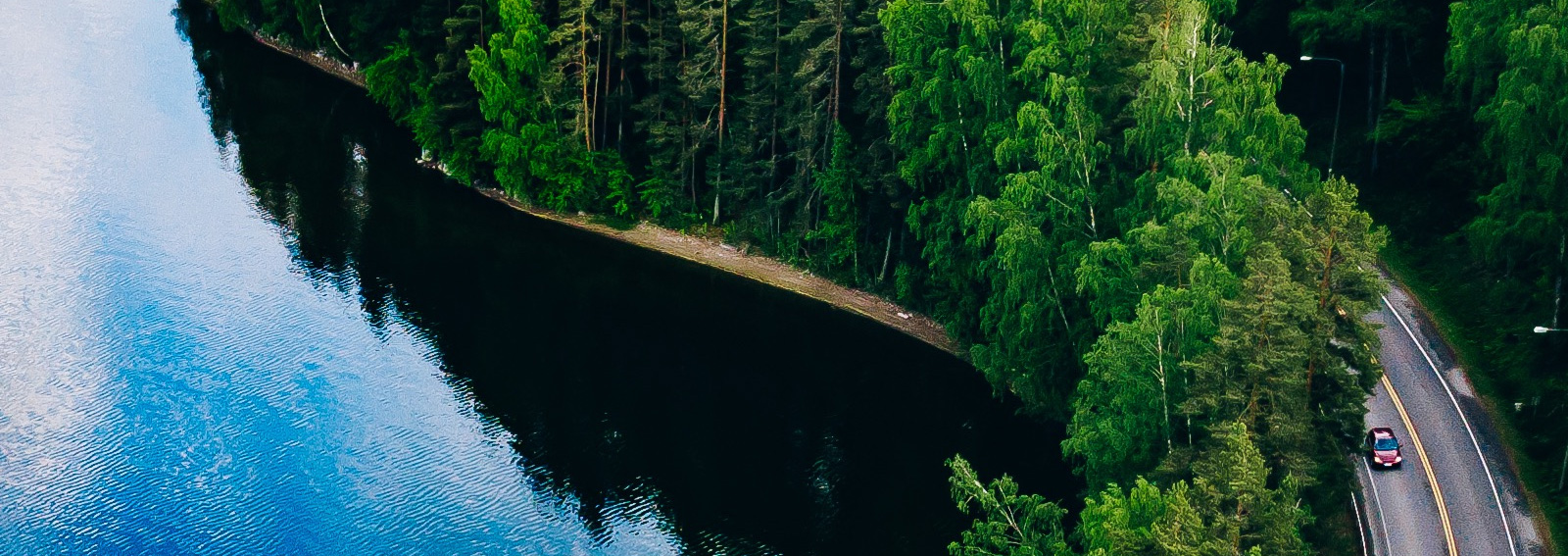*This article first appeared in Manitoba Inc. Magazine. It has been re-published with permission.
While most Canadians generally understand the concept of First Nation Reserves, comparatively few know about urban Reserves — what they are, why they exist, and how they impact the local municipality and economic scene. In fact, you may live or work adjacent to an urban Reserve without even knowing it.
The purpose of this article is to focus on how urban Reserves work, and how they can positively contribute to the community at large.
What are urban Reserves?
To the naked eye, an urban Reserve looks like any other piece of municipal property; it can take the form of a hotel, office building, development lot, post secondary institution, and more. There may be signage indicating that the land is part of a First Nation, but otherwise the experience on an urban Reserve would be largely the same as in any other part of the city or town.
An urban Reserve is simply a section of traditional reserve land that exists within a larger municipality. They can be created either when a First Nation purchases land within a municipality, or when city limits expand to and impact existing reserve lands.
The concept of urban Reserves is not new, the oldest one is Muskeg Lake Cree Nation urban Reserve in Saskatoon, created in 1988.
How do they work?
Generally, urban Reserves are created for the purpose of stimulating business activity, generating revenue, and creating investment and employment opportunities that would not be available on other reserve lands far removed from major cities and towns.
To create such an economic zone, municipalities and First Nations must negotiate Municipal Service Agreements in good faith to agree on factors like bylaw compatibility and fees for services. Urban Reserves are under the jurisdiction of the First Nation, not the city or town.
Because they have reserve status, urban Reserves can provide an environment that recognizes Status Indians and aboriginal rights. Obviously, all people are welcome to shop and work in urban Reserves just as they would elsewhere in the city.
How they can benefit the community
Urban Reserves are, unfortunately, subject to misconceptions and negative stigmas from some city residents and business owners. These could include:
- They impact competition by offering unfair advantages
- They will foster lawlessness because they’re not under city jurisdiction or bylaws
- They will lower property or business values in adjacent areas
They have been shown to contribute to the refurbishment and renewal of existing businesses.
For example, the two urban Reserves owned by the Long Plain First Nation, found in Portage La Prairie and Winnipeg, Manitoba, have stimulated the economies of both cities by providing new businesses and a greater number of skilled people in the workforce.
First Nations and municipalities deliberately negotiate bylaws that are compatible with the rest of the city. Owners of urban Reserves also pay fees for city services such as water, power, policing, and fire services; all of those fees go towards paying the salaries of hardworking local residents, both Indigenous and non-Indigenous.
Lastly, there are vast amounts of research showing the cultural and societal benefits of culturally diverse and inclusive cities and neighbourhoods. First Nations peoples are moving from reserves to urban centres in increasing numbers, and urban Reserves have catalyzed that trend by providing better opportunities for newcomers to the city. They are a means of bridging cultural divides and fostering better relationships between people who may not otherwise cross paths without urban Reserves.
Contact us
Rob Campbell PAED
National Director & Provincial Director (MB & N.W. ON), Indigenous Services






